Eurasian bee beetle (Trichius fasciatus)
Here is a detailed overview of the Eurasian Bee Beetle (Trichius fasciatus), a fuzzy, bumblebee-mimicking beetle often seen visiting flowers in summer:
🐞 Eurasian Bee Beetle (Trichius fasciatus)
🔹 Taxonomy
- Order: Coleoptera (Beetles)
- Family: Scarabaeidae
- Subfamily: Cetoniinae (Flower chafers)
- Genus: Trichius
- Species: fasciatus
- Authority: (Linnaeus, 1758)
🔹 Identification
- Size: 8–14 mm in length
- Appearance:
- Body: Robust, hairy, bumblebee-like
- Elytra (wing cases): Yellowish or creamy with 3 irregular black transverse bands
- Thorax and head: Densely covered in yellowish or orange hairs
- Legs and underside: Black and hairy
- Antennae: Short with clubbed ends (typical of scarabs)
📸 Mimics bumblebees in both color and texture, likely as a form of Batesian mimicry to deter predators.
🔹 Distribution
- Widespread across Europe, including:
- Central and Northern Europe (e.g., Germany, Scandinavia, UK, Estonia)
- Mountainous and subalpine regions (e.g., the Alps, Carpathians)
- Extends eastward into parts of Russia and western Asia
🔹 Habitat
- Prefers flower-rich environments, such as:
- Sunny forest edges
- Meadows
- Alpine pastures
- Clearings
- Roadsides
- Frequently associated with old deciduous trees and deadwood (important for larval development)
🔹 Seasonal Activity
- Adults appear from May to August, peaking in June–July
- Most often seen during sunny, warm days feeding on flowers
🔹 Behavior and Ecology
🌼 Feeding (Adults)
- Feed primarily on pollen and nectar
- Commonly seen on:
- Thistles
- Ox-eye daisy
- Meadowsweet
- Umbellifers (Apiaceae)
- Important pollinators, though less efficient than bees
🐛 Larvae
- Develop in decaying wood of broadleaved trees, especially:
- Beech
- Oak
- Willow
- Require several years to develop in moist, rotting trunks or stumps
🔹 Mimicry and Defense
- Bumblebee mimic:
- The beetle’s coloration and fuzzy body resemble stinging bees, deterring bird predators
- Unlike bees, it is harmless — cannot sting or bite
- When disturbed, may feign death (thanatosis)
🔹 Similar Species
| Species | Key Difference |
|---|---|
| Trichius gallicus | Found more in southern Europe; slightly different elytral markings |
| Trichius zonatus | More southern range; subtle variation in elytral band shapes |
| Bumblebees (Bombus spp.) | More compact head and flight behavior; true stingers |
🔹 Conservation
- Not globally threatened, but:
- Vulnerable to loss of deadwood habitats
- Affected by intensive forestry and dead tree removal
- In some countries, considered a species of local conservation concern
🔹 Ecological Role
- Pollinators of wildflowers
- Larvae contribute to decomposition of dead wood
- Serve as prey for birds, wasps, and small mammals
🔹 Fun Facts
- Often photographed for its eye-catching bumblebee disguise
- The hairs covering its body often become dusty with pollen, helping spread it between flowers
- Sometimes called “Bee beetle” or “Bee-mimic chafer”
📸 Observation Tips
- Look for them on flowering plants in open meadows near forests in early summer
- They are slow-moving and relatively easy to photograph
- Can be found at altitudes up to 2000 meters in the Alps
Visited 4 times, 4 visit(s) today
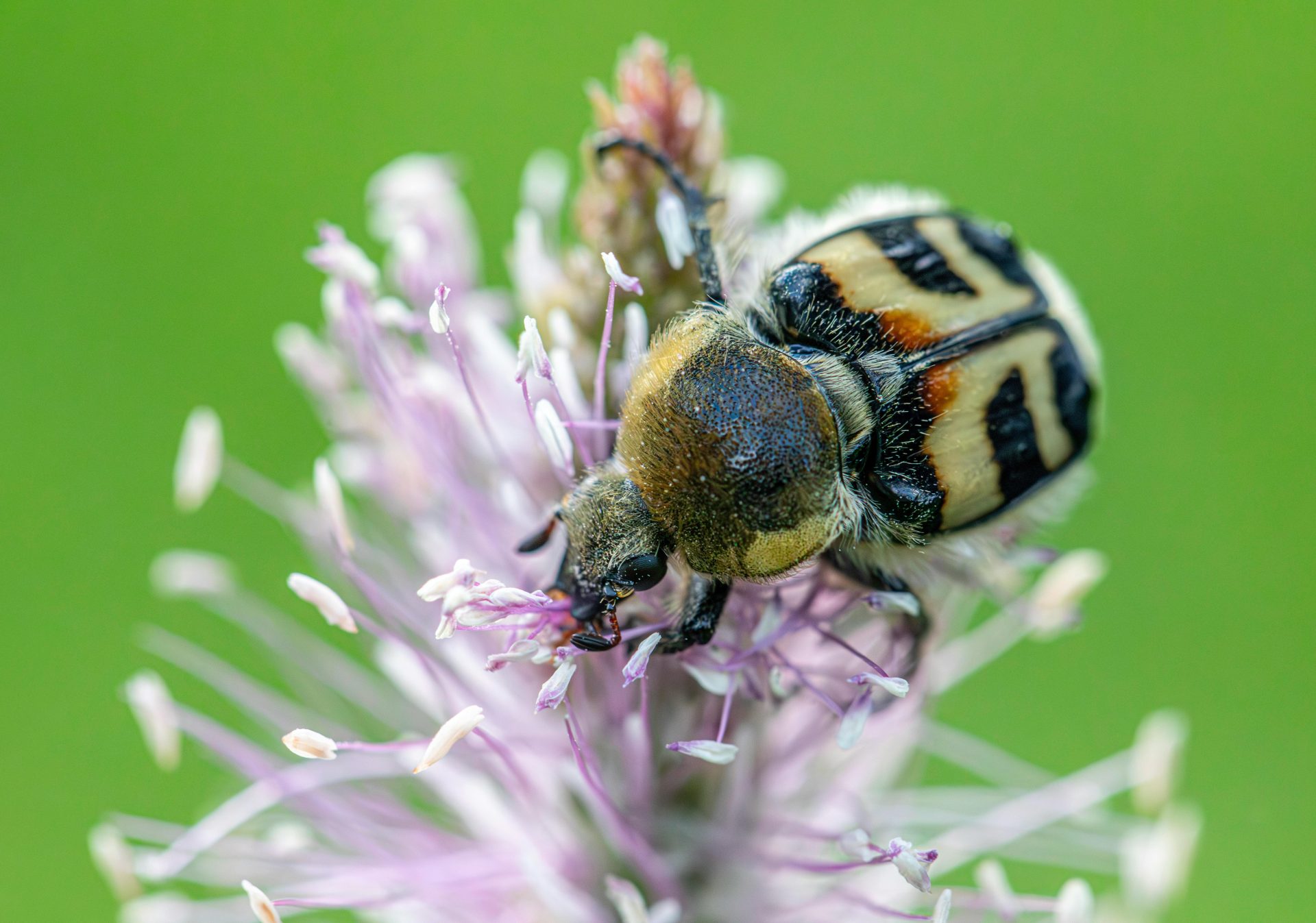
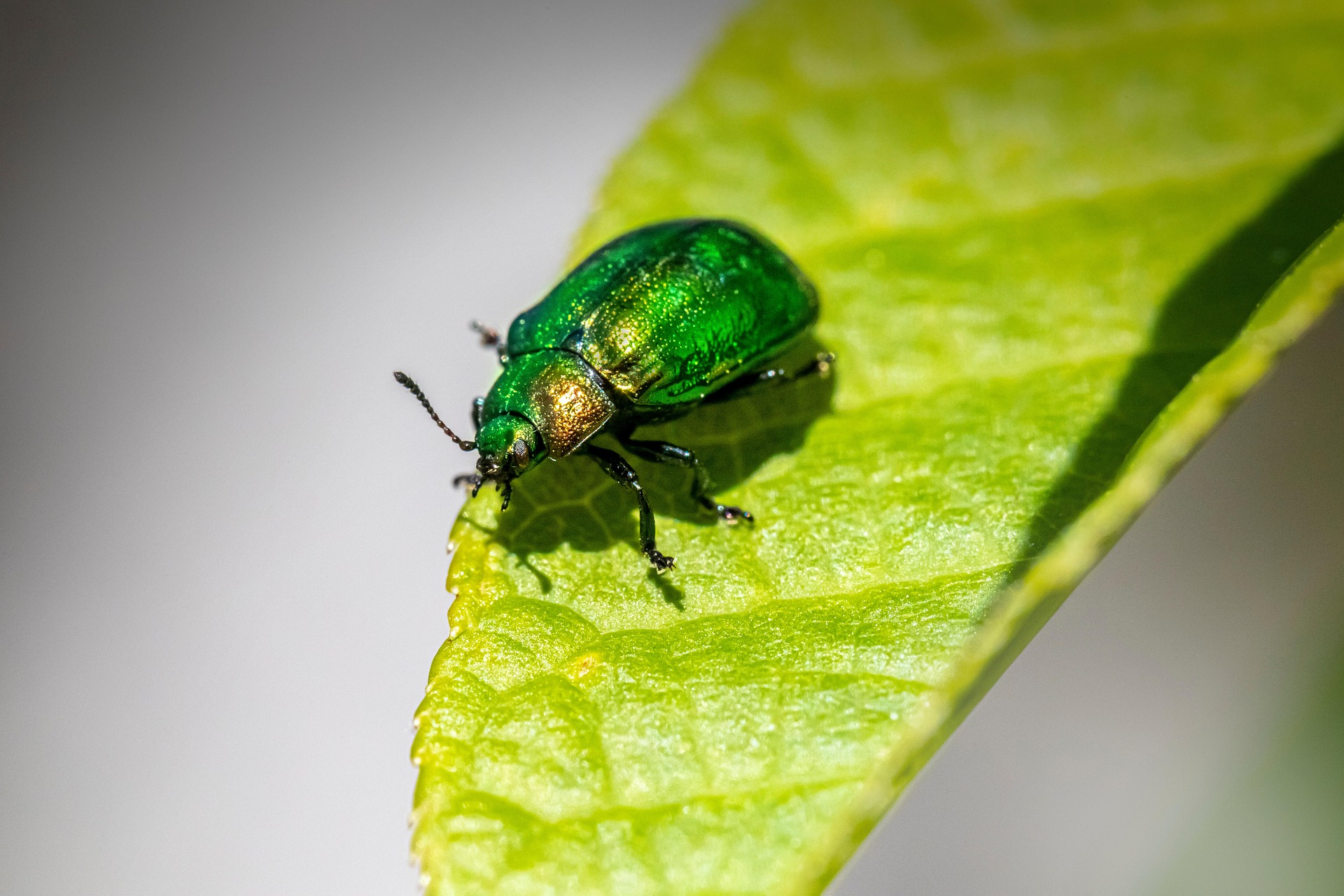
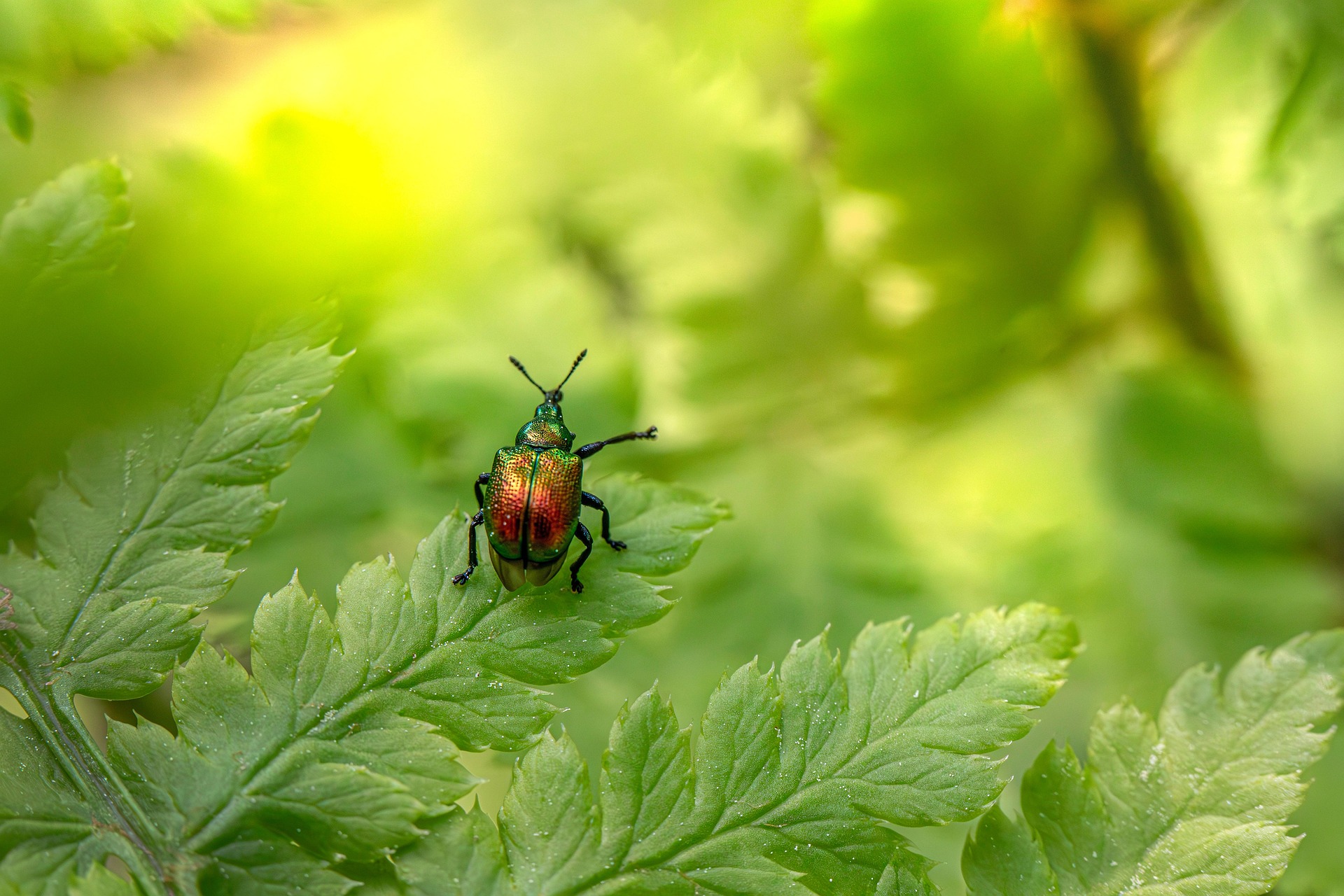
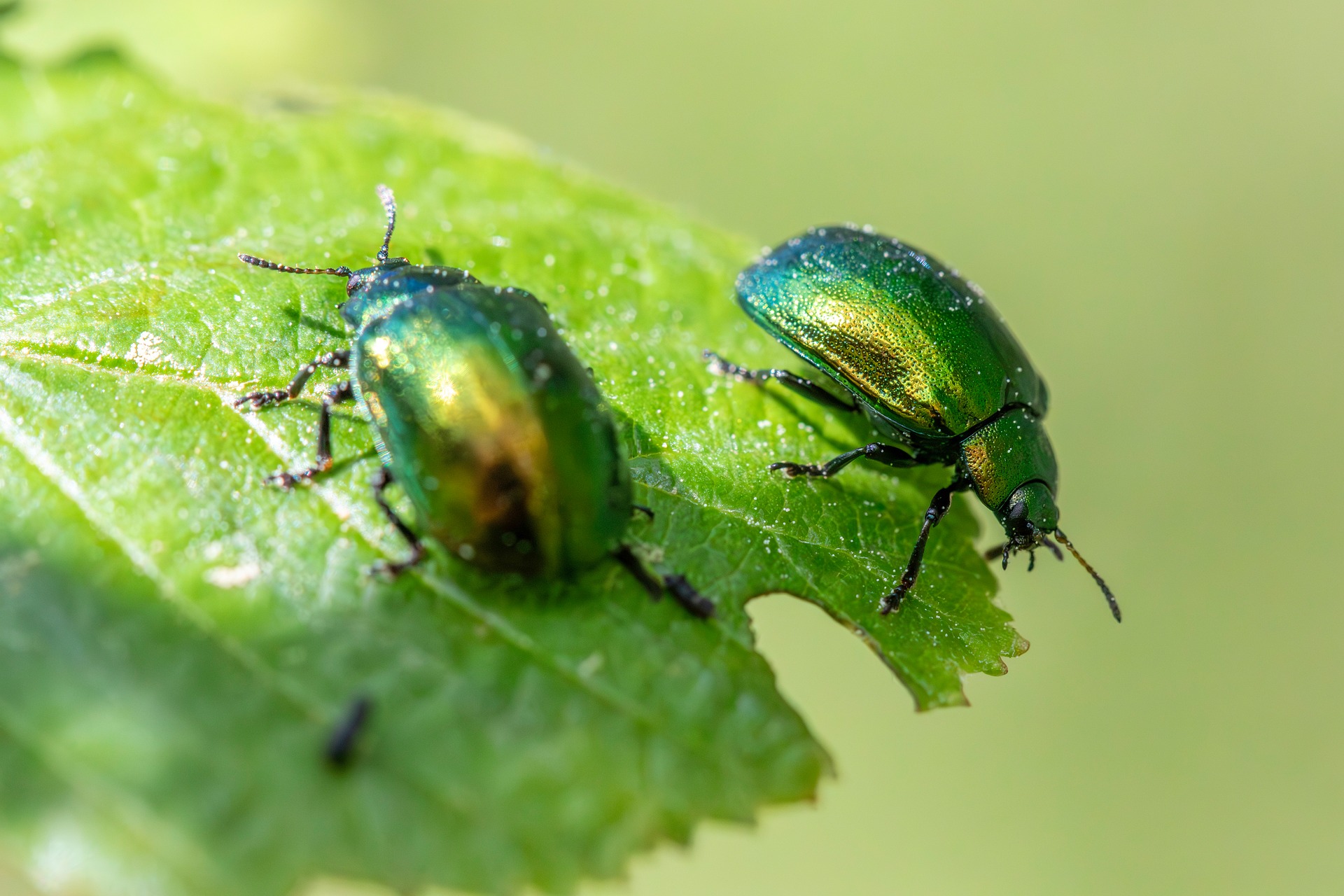

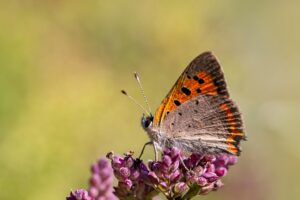
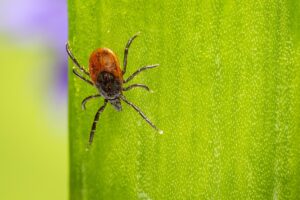
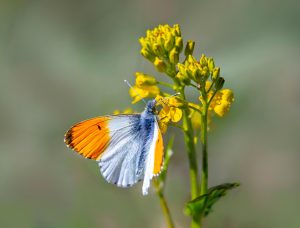

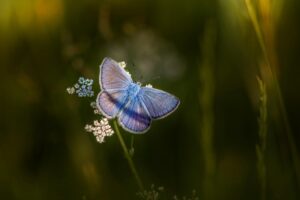
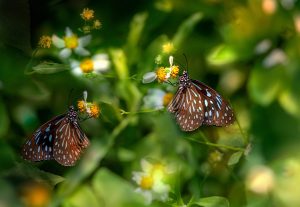
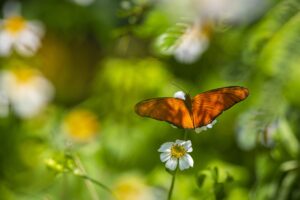
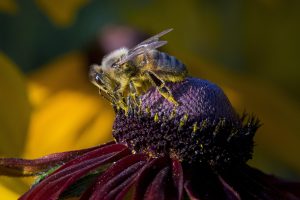
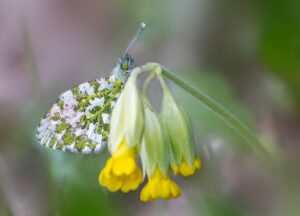
Post Comment